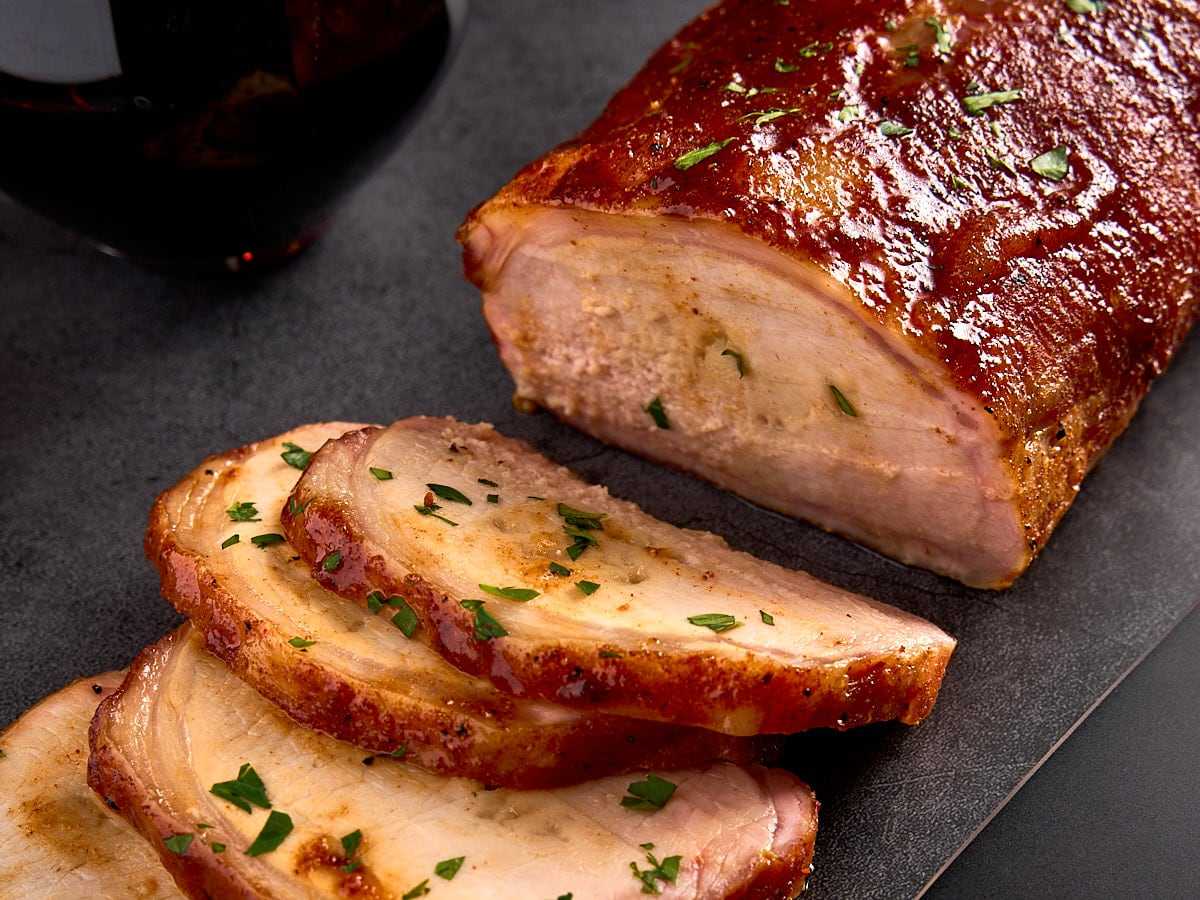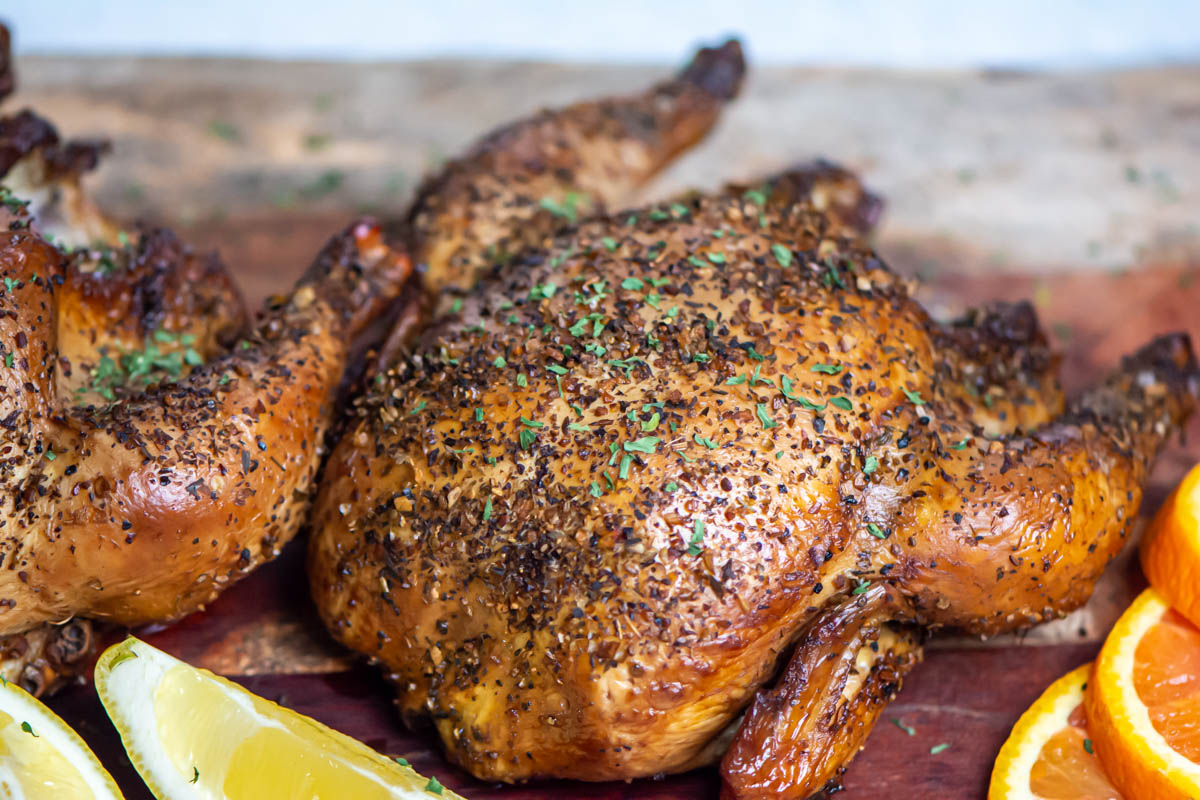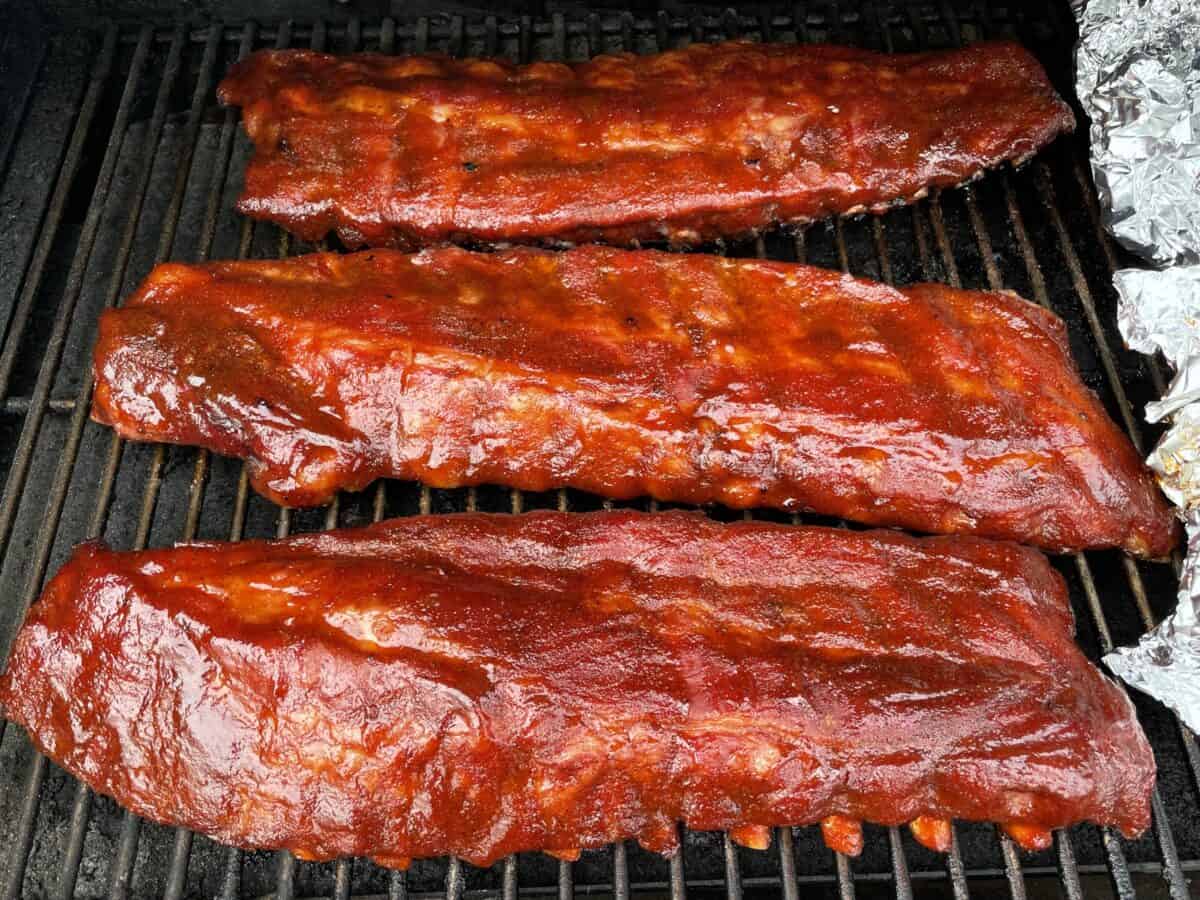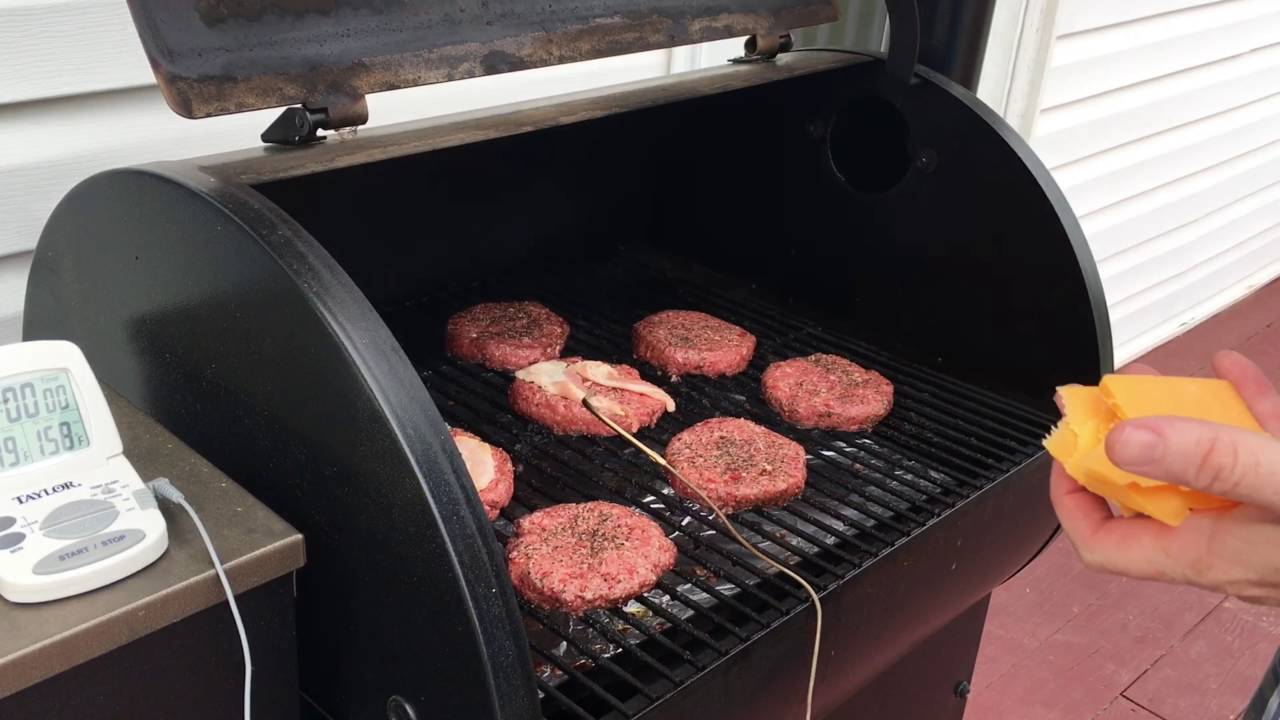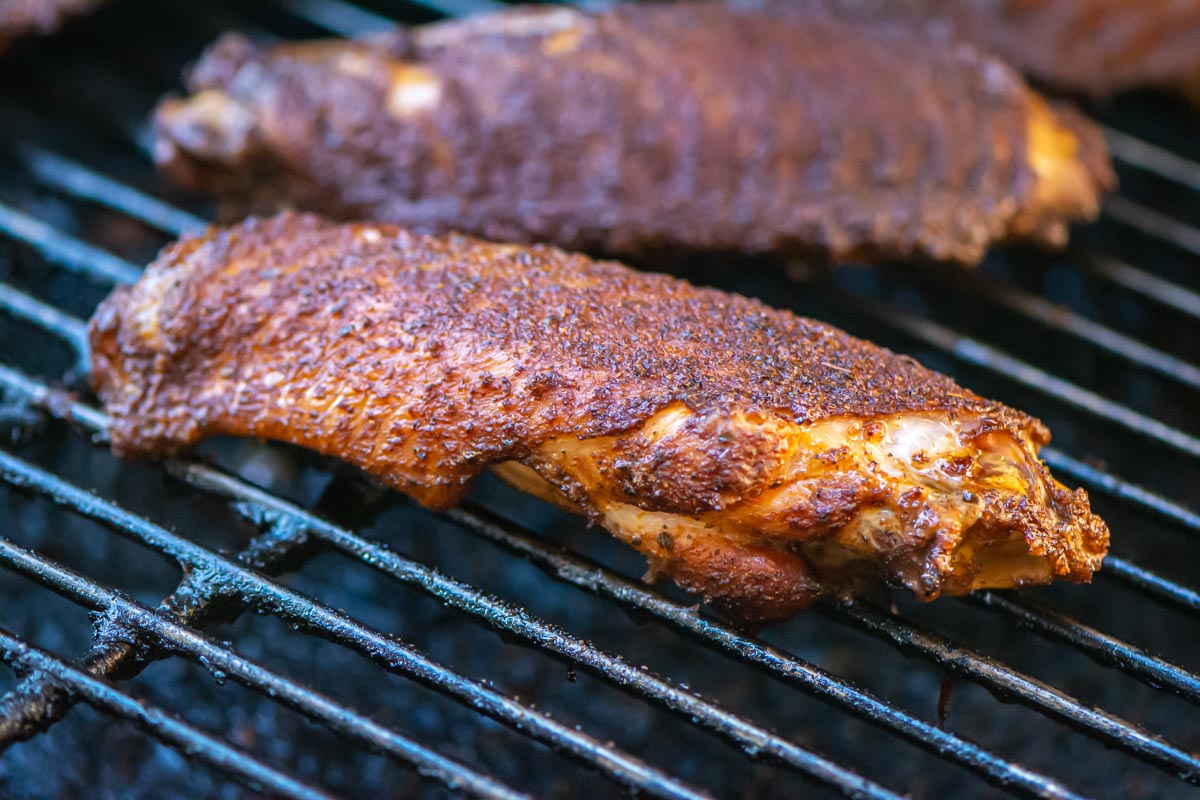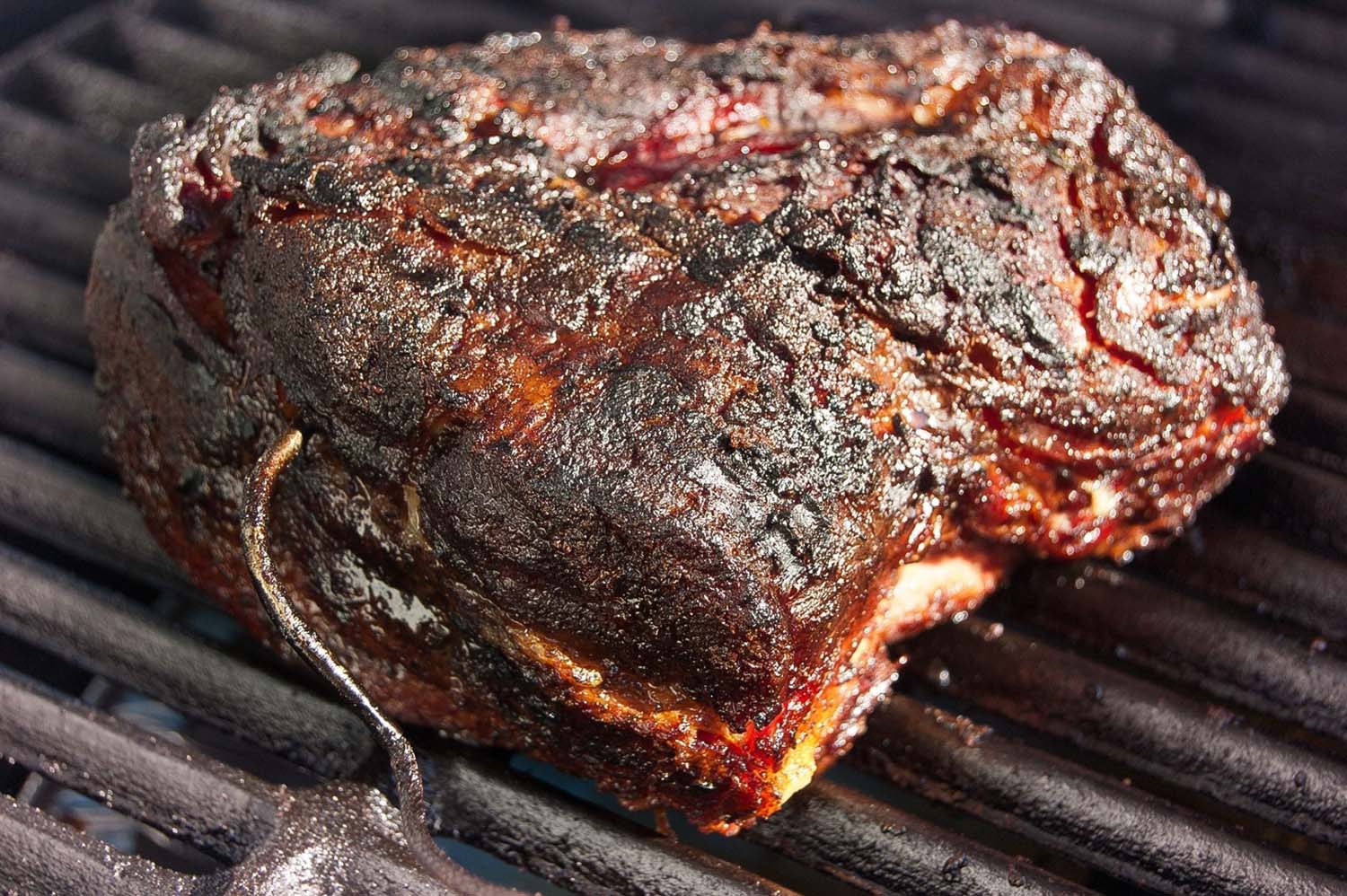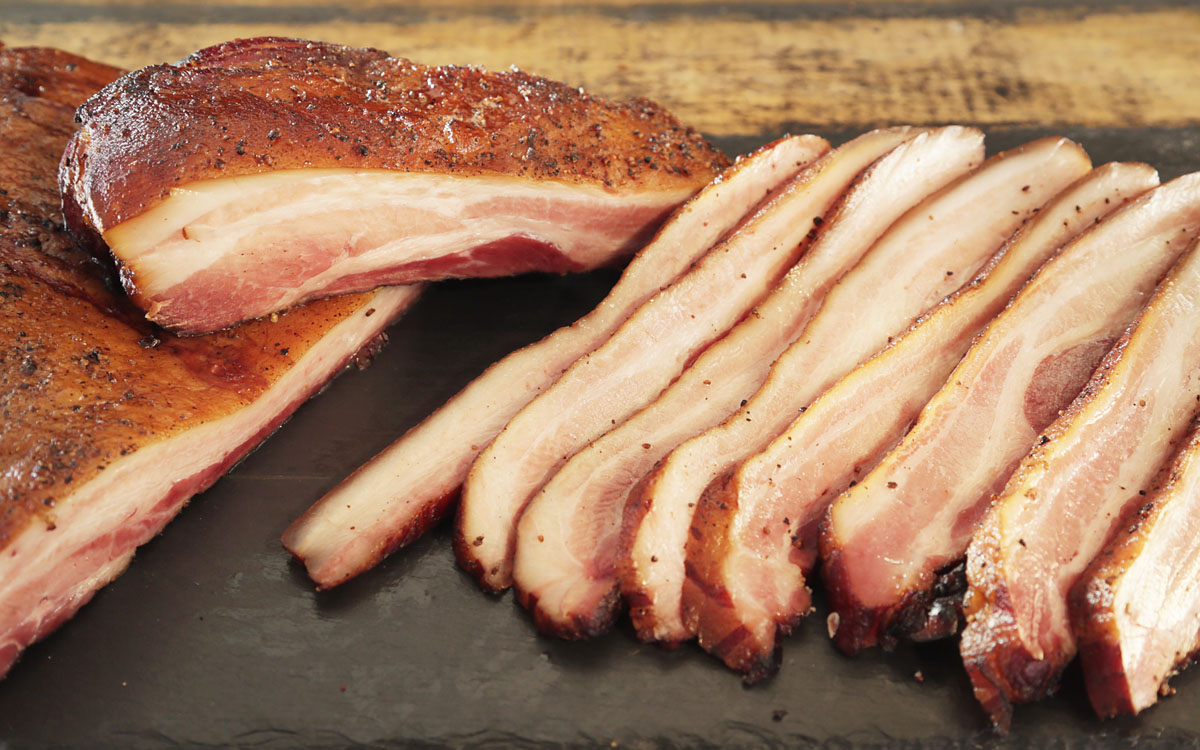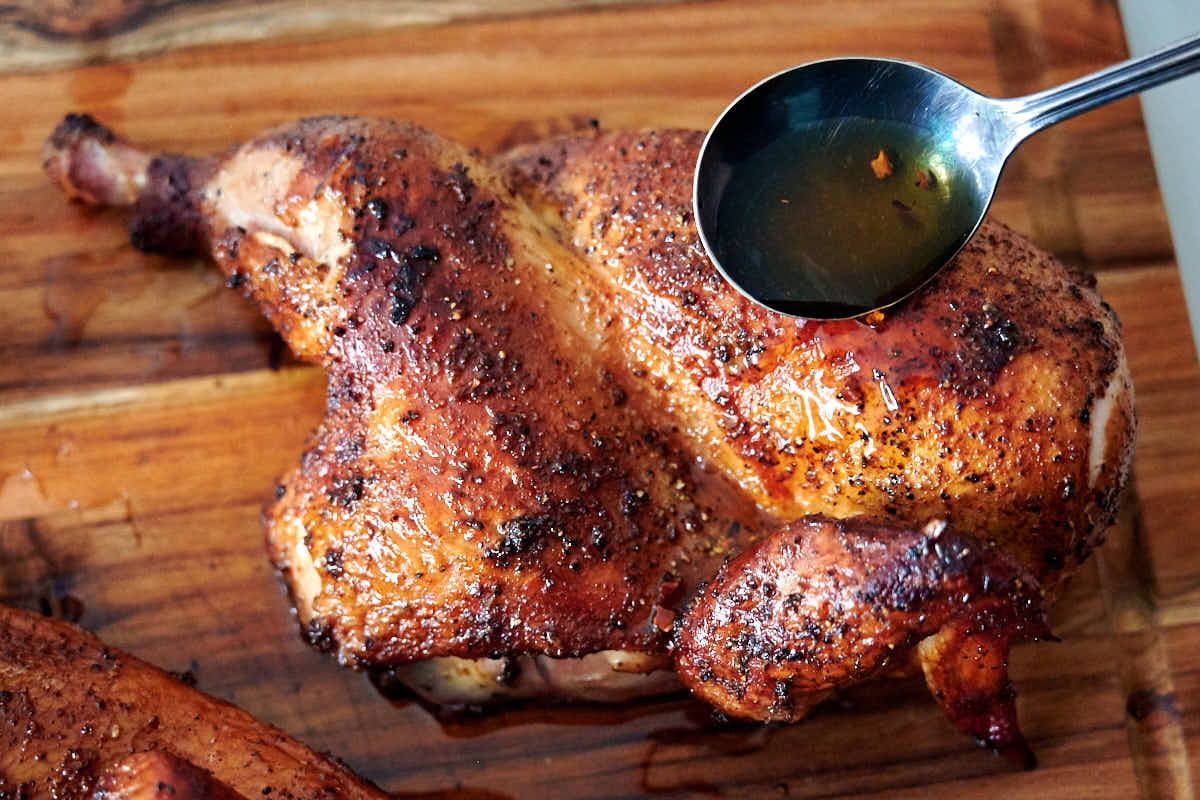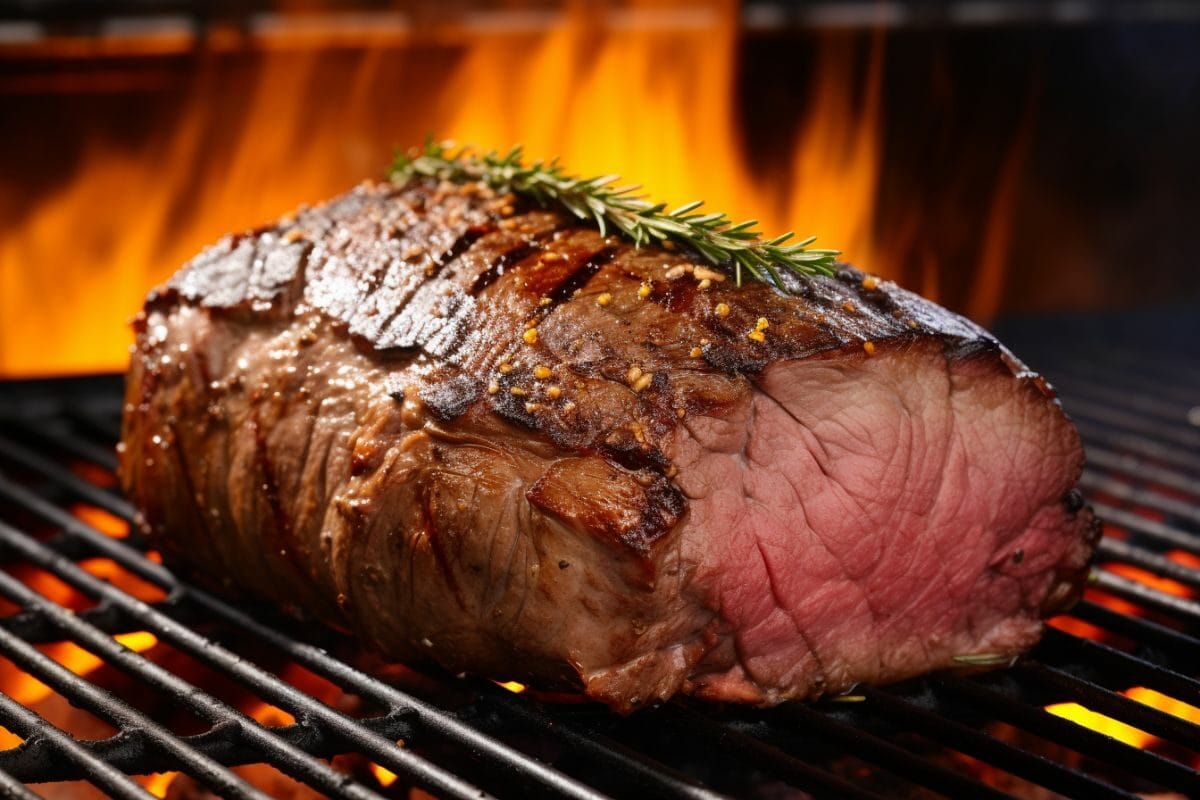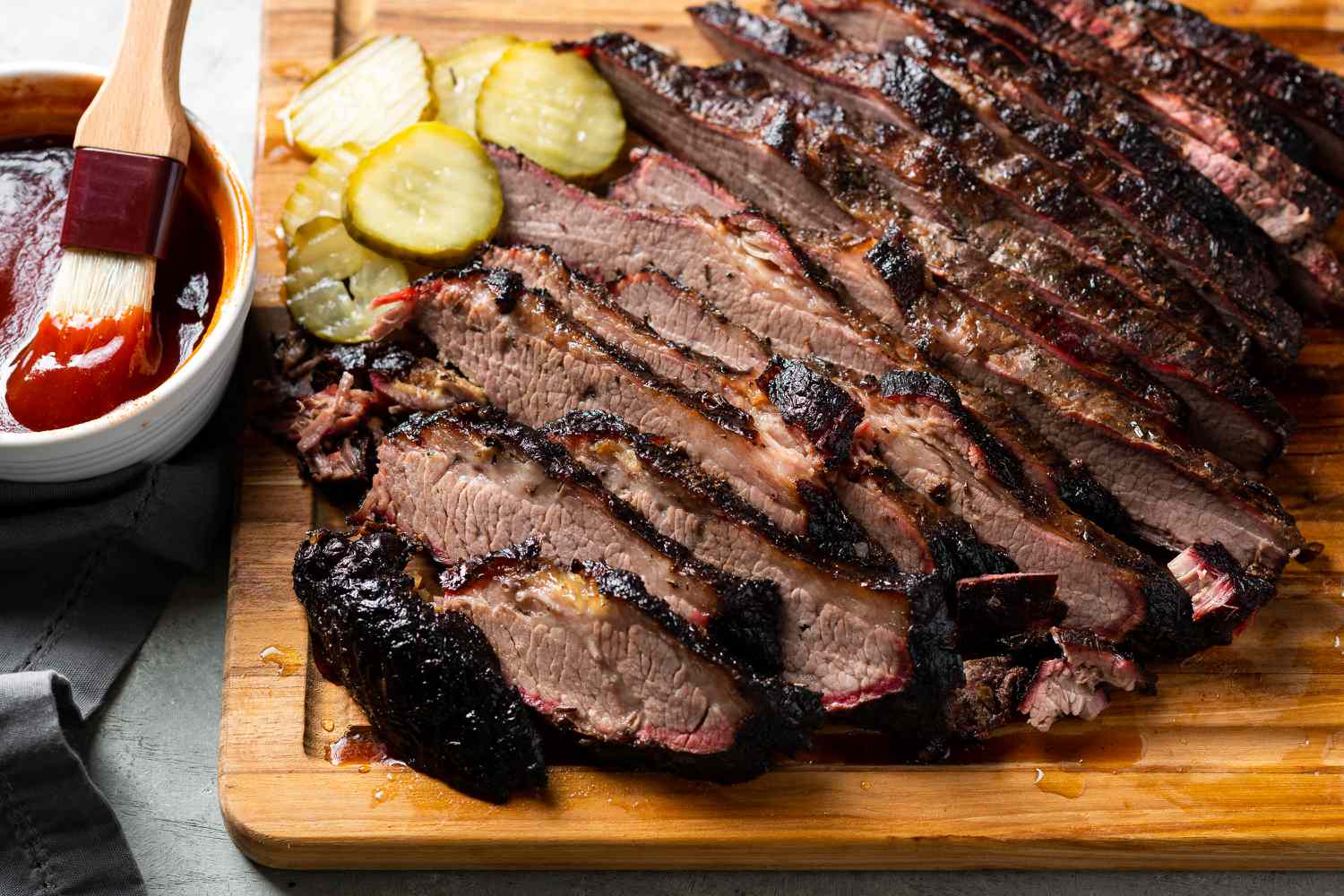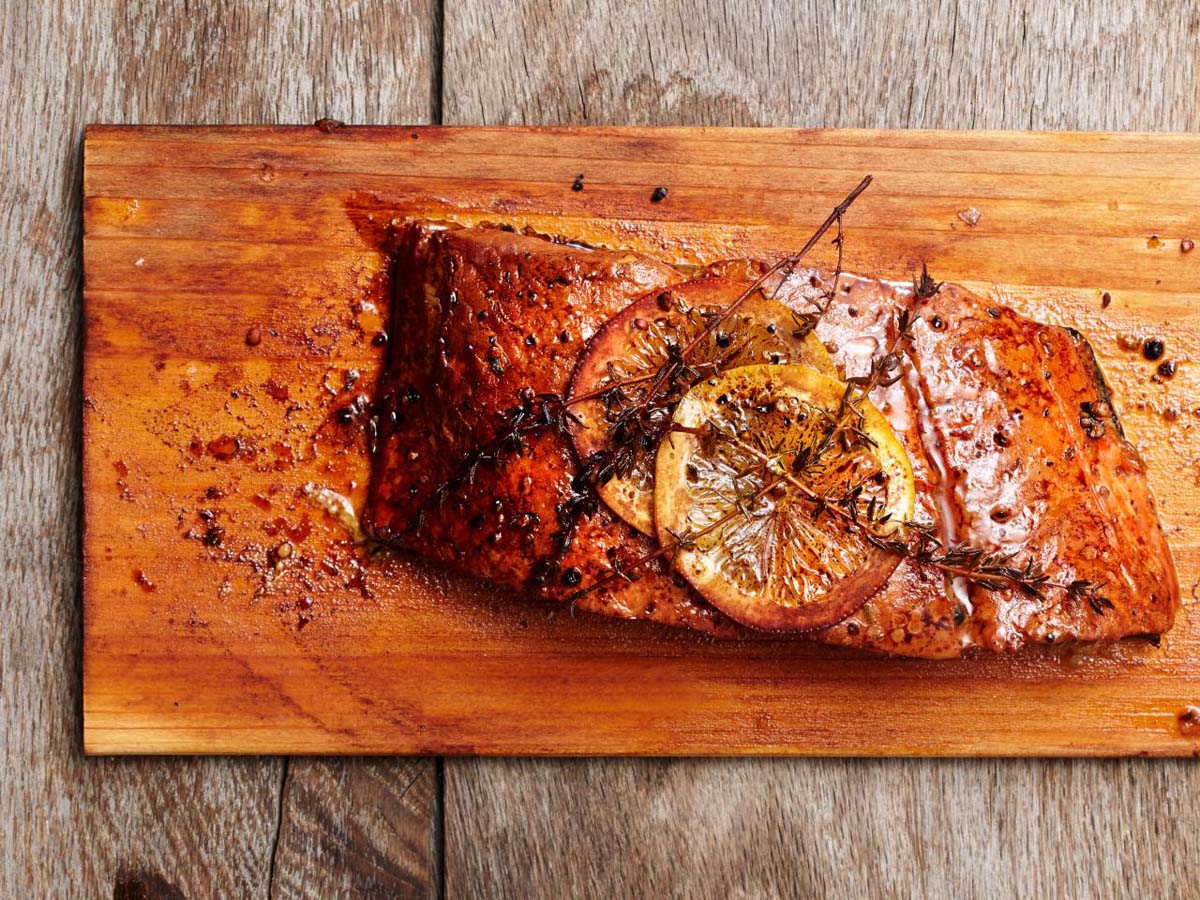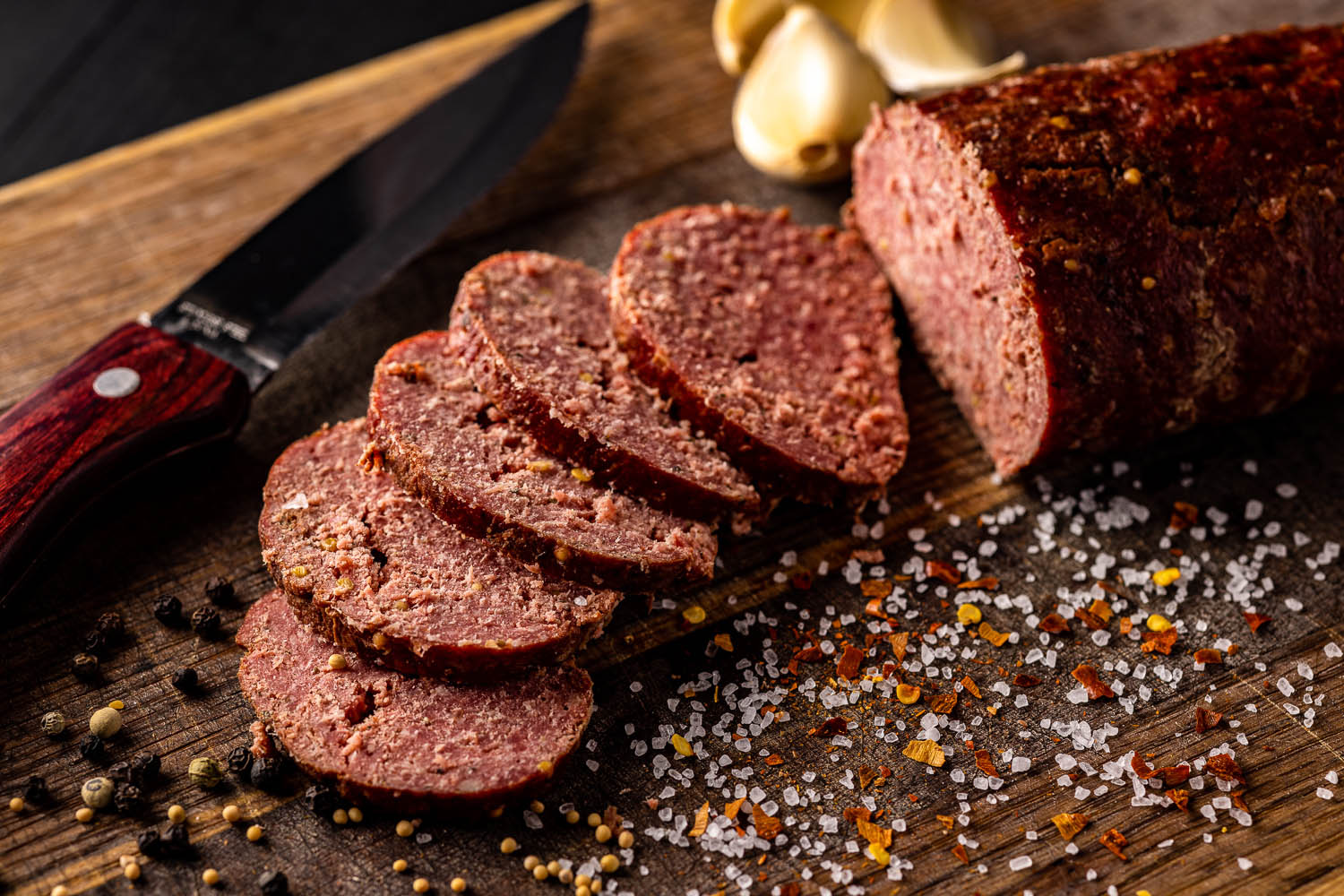Welcome to the Wonderful World of Water Smoking!
Smoking food is a time-honored tradition that adds a delicious depth of flavor to meats, fish, and vegetables. One popular method of smoking is using a water smoker, which is a great option for both beginners and seasoned pitmasters. In this guide, we’ll walk you through the ins and outs of using a water smoker to create mouthwatering smoked dishes.
Choosing the Right Wood
Before you start smoking, it’s important to select the right type of wood for your water smoker. Different woods impart unique flavors to the food, so consider the following options:
- Hickory: Provides a strong, smoky flavor that pairs well with pork and beef.
- Apple: Offers a sweet and fruity smoke that complements poultry and pork.
- Maple: Yields a mild, slightly sweet smoke that works well with a variety of meats and vegetables.
- Mesquite: Delivers a bold, earthy flavor that is perfect for beef and game meats.
Preparing the Smoker
Now that you’ve chosen your wood, it’s time to prepare the water smoker. Follow these steps to get your smoker ready for the delicious food that’s to come:
- Fill the water pan: The water pan helps regulate the temperature inside the smoker and keeps the food moist. Fill it with water and any additional flavorings, such as herbs or citrus slices.
- Add charcoal: Place a layer of charcoal in the fire chamber of the smoker. You can also add wood chunks or chips for extra flavor.
- Light the charcoal: Use a chimney starter or electric starter to light the charcoal. Once the coals are hot and ashy, carefully transfer them to the fire chamber.
- Adjust the vents: Open the vents to allow airflow and adjust them as needed to maintain the desired smoking temperature.
Smoking Your Food
With the smoker prepped and ready to go, it’s time to start smoking your food. Follow these general steps for a successful smoking session:
- Season your food: Rub your meat, fish, or vegetables with your favorite seasonings or marinade to add flavor.
- Monitor the temperature: Use a reliable meat thermometer to keep an eye on the internal temperature of the food. Different types of food require different cooking temperatures, so be sure to reference a smoking guide for specific recommendations.
- Be patient: Smoking is a slow and steady process. Allow the food to absorb the delicious smoky flavors as it cooks low and slow.
Adding More Flavor
If you’re looking to experiment with additional flavors, consider using a basting liquid or a mop sauce to enhance the taste of your smoked dishes. These flavorful liquids can be brushed onto the food throughout the smoking process to add moisture and depth of flavor.
Cleaning and Maintenance
After you’ve finished smoking your food, it’s important to properly clean and maintain your water smoker to ensure its longevity and performance. Allow the smoker to cool completely before removing the ashes and cleaning the grates. Regular maintenance, such as checking for rust and replacing worn parts, will help keep your water smoker in top condition for many smoking sessions to come.
Conclusion
Using a water smoker is a fantastic way to infuse your favorite foods with rich, smoky flavors. By choosing the right wood, preparing the smoker, and following best practices for smoking, you can create delectable dishes that will have your friends and family coming back for more. So fire up your water smoker, experiment with different woods and flavors, and get ready to enjoy the wonderful world of smoking!
Was this page helpful?
Read Next: How To Smoke Beef Snack Sticks
